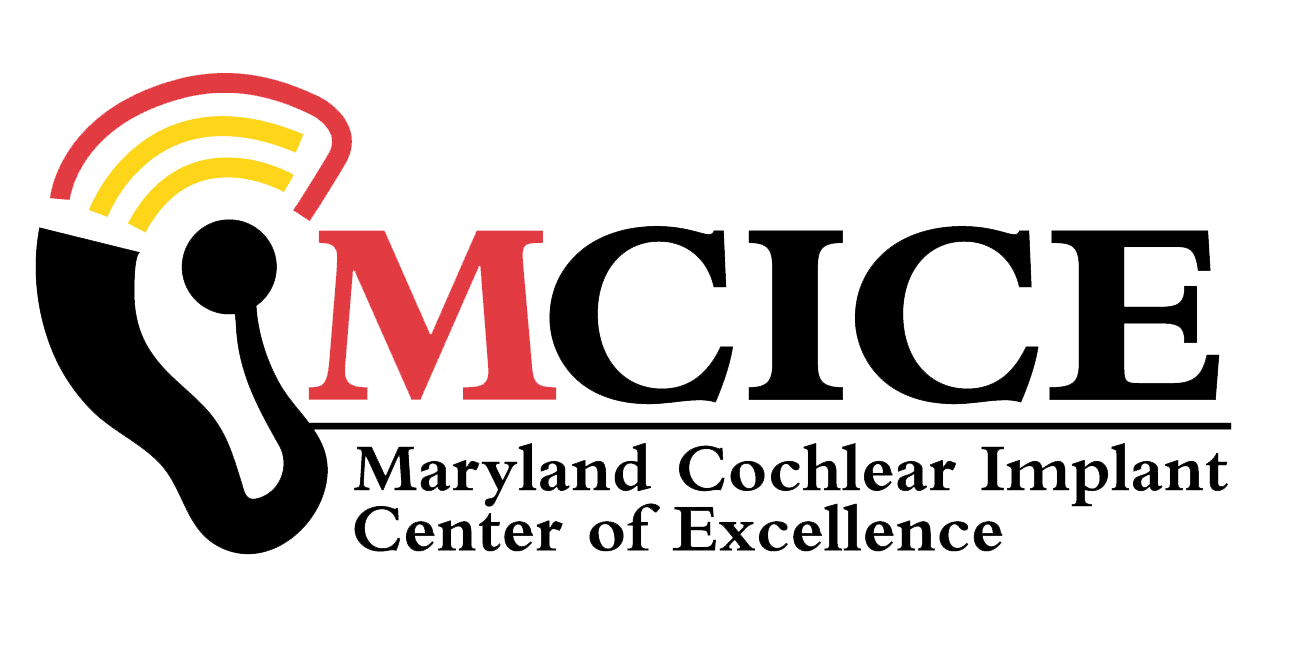What happens during surgery?
Cochlear implantation surgery is performed under general anesthesia and takes approximately one to two hours. An incision is made behind the ear and, operating with the aid of a microscope, the surgeon drills away a portion of the mastoid bone (the hard bone behind the ear) to gain access to the inner ear.
A small opening is created into the cochlea. The electrode array (the innermost part of the implant) is threaded into the cochlea and its outer end is attached to the bone of the skull. The incision is closed and the head bandaged. Most patients go home the next morning. Patients return the following week for suture removal.
What are the risks?
Risks associated with cochlear implantation include those associated with the surgery itself, such as bleeding, infection, problems with anesthesia or healing, dizziness, or injury to the facial nerve. In addition, there are risks associated with the implant, such as mechanical or electrical failure, rejection, infection, and other problems that would require removal or replacement of the implant.
Your surgeon will discuss all of these risks with you. In the past, any, and all, hearing present in the operative ear prior to surgery was completely lost at time of implant surgery. New techniques and devices have been developed with the goal of preserving residual hearing. The surgeon will discuss the likelihood of preserved hearing in the implanted ear with each patient individually.


